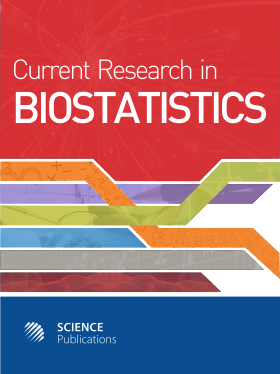A Bayesian Method for Disentangling Dependent Structure of Epistatic Interaction
- 1 Yale University, United States
- 2 Harvard University, United States
- 3 Cold Spring Harbor Laboratory, United States
- 4 The University of Texas at Dallas, United States
Abstract
Problem statement: We propose a Bayesian method (RBP) to recursively infer the independence structure of epistatic interactions in case-control study. Approach: Based on the results of BEAM2, RBP can powerfully detect the marginal and conditional independence within interacting SNPs even in the complicated interaction cases. Results: We did extensive simulations to test RBP and compare it with stepwise logistic regression. Simulation results show that this approach is more powerful than stepwise logistic regression in detecting in marginal independence and conditional independence as well as more complicated dependence structure. We then applied BEAM2 and RBP on dbMHC Type 1 Diabetes (T1D) data and we found in MHC region, genes DRB1 and DQB1 are associated with T1D with saturated interaction structure which is consistent with the current knowledge of haplotype effect of these two genes on T1D. Conclusion: RBP is a powerful method to infer detailed dependence structures in epistatic interactions.
DOI: https://doi.org/10.3844/amjbsp.2011.1.10

- 6,270 Views
- 3,705 Downloads
- 2 Citations
Download
Keywords
- Type 1 Diabetes (T1D)
- Recursive Bayesian Partition (RBP)
- Genome-Wide Association (GWA)
- Independence Partition Model (IPM)
- Chain-Dependence Model (CDM)
